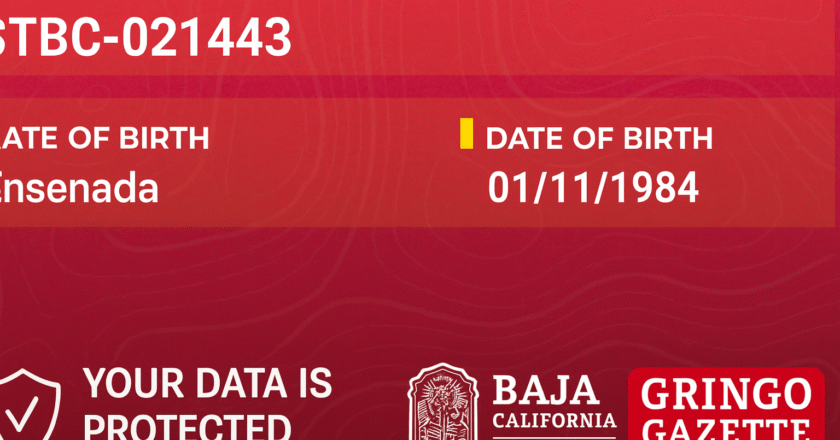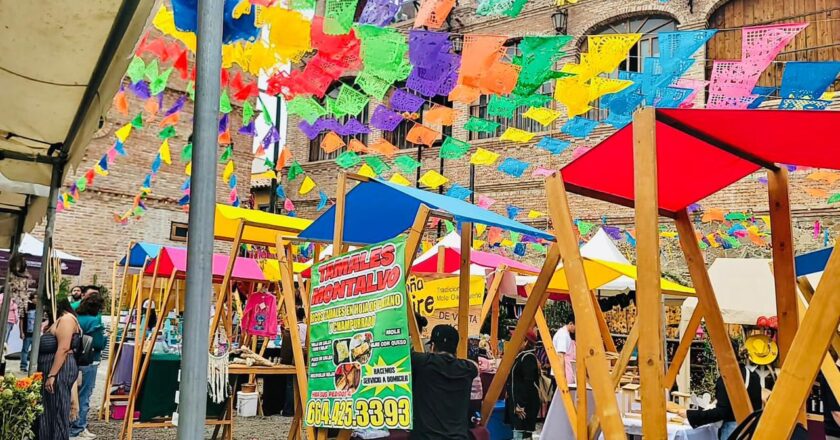A Weekend of Dance, Storytelling, and Smoke-Kissed Flavor CDMX – August 2–3, 2025 — This weekend, Baja California is packing …


A Weekend of Dance, Storytelling, and Smoke-Kissed Flavor CDMX – August 2–3, 2025 — This weekend, Baja California is packing …

From Sea Waste to Sustainable Style and Skincare Isla de Cedros, Baja California – Who needs leather when you’ve got …

Ensenada–San Diego Ferry Arrives This Friday After years of whispers, delays, and more Facebook comments than we care to count, …

Tijuana / Mexicali / Washington D.C. — Just when you thought things couldn’t get spicier, here comes the tariff talk …

Free discounts across Baja? Yes, please. While some folks are flying off to Europe this summer, smart locals and curious …

While President Trump stirred up fizzy feelings in the U.S. by demanding Coca-Cola “the old-fashioned way,” folks in Baja are …

If you were hoping to cruise above Tijuana’s daily traffic chaos by next year… slow down. The Viaducto Elevado—that shiny, …

Baja Aqua Farms breaks silence with world-first tuna ranch report Salmon farms? Sure, they’ve had sustainability reports for years. But …

Craft beer, piñatas, and handmade honey—what’s not to love? Local Love on Display On July 21, Rosarito hosted the fourth …

If you’re an American living in Baja California and brought your U.S. car with you, chances are you’ve heard about …